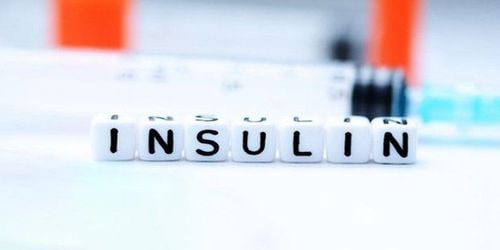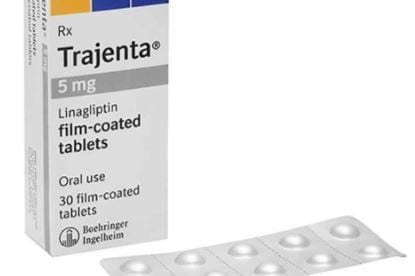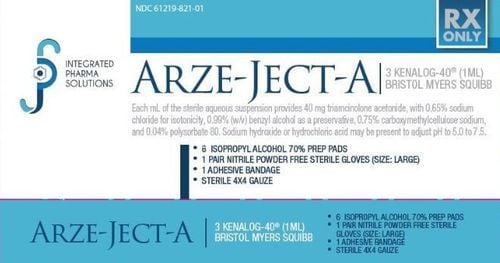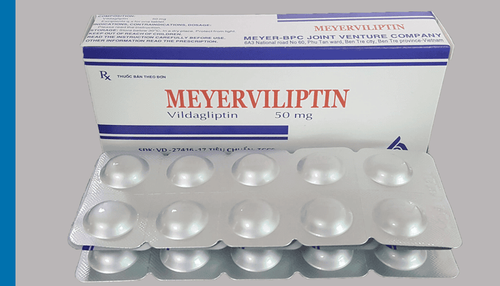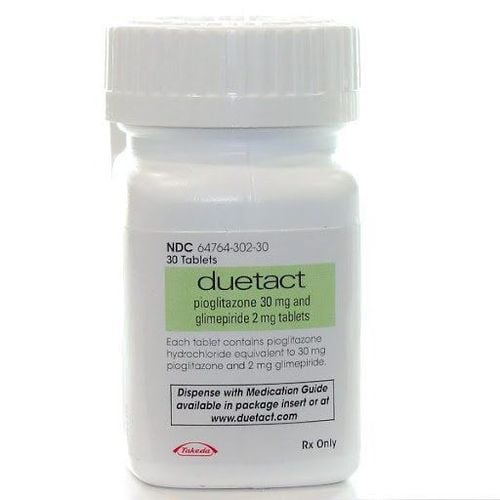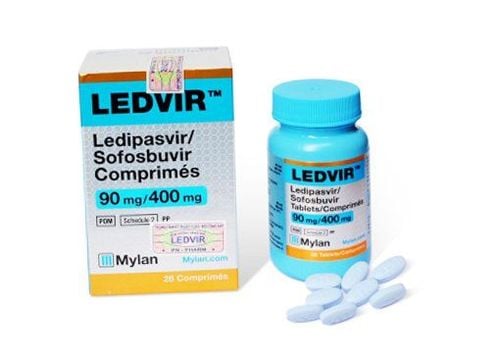This is an automatically translated article.
Type 2 diabetes is a condition in which the body can still produce insulin, but it does not produce enough insulin or because the cells cannot use insulin. Patients with type 2 diabetes do not need to inject exogenous insulin like type I but must use blood glucose-lowering drugs.1. Mechanism of diabetes mellitus
The human digestive system will process a large part of food intake into a sugar called glucose. Glucose will be absorbed into the blood and from the blood will enter the cells to become energy.
Insulin is a hormone secreted by the pancreas that plays a key role in blood sugar regulation. Insulin is considered the key to opening the door for sugar from the blood to enter cells, where cells use sugar for energy. When everything happens normally, the glucose in the blood enters the home cells, the effect of insulin will make the blood sugar drop, the body is fully refueled with energy for the activities of life.
In people with diabetes, this system doesn't work properly anymore. The pancreas does not produce insulin (type I diabetes) or the body is no longer able to use insulin to bring sugar into the cells (type II). Sugar does not enter the cells, but stays in the blood, causing blood sugar to rise, causing diabetes.
When blood sugar exceeds a certain level, the kidneys can no longer hold the sugar and excrete urine out. People with diabetes carry this disease for life.
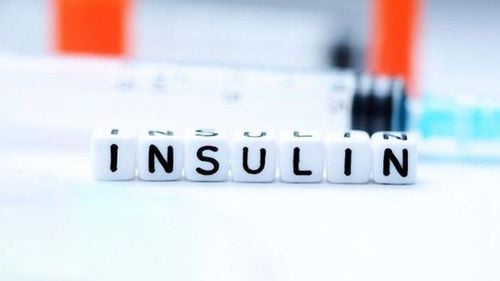
Khi tuyến tụy không sản xuất được insulin sẽ gây ra đái tháo đường type 1
2.Types of drugs to treat type II diabetes
It can be seen that, based on the pathogenesis, the treatment of type 1 diabetes is based on injectable insulin only (because the pancreas cannot produce insulin), this is a form of diabetes that does not use oral drugs, in contrast to diabetes mellitus. type II sugar. Type 2 diabetes is the most common type, accounting for 90% of all diabetes patients.
Taking blood sugar-lowering drugs in pill form to treat diabetes is one of the main measures to control type 2 diabetes. The following are some features of diabetes-lowering drugs:
Non-insulin antidiabetic tablets: only used for patients with type 2 diabetes. Doctors usually prescribe antidiabetic drugs when the patient has well implemented a planned and exercised eating plan. but still not able to control blood sugar. There are currently several classes of antidiabetic drugs used today:
Sulfonylurea group Biguanide group Alpha-glucosidase inhibitors Thiazolidinedione group (pioglitazone, rosiglitazone) Meglitinides DPP4 inhibitor group (DiPeptidyl Peptidase 4 inhibitor) ) GLP-1 receptor agonists Group inhibitors of sodium-glucose co-transporter SGLT2
Trắc nghiệm dành riêng cho người mắc đái tháo đường: Chế độ ăn của bạn đã hợp lý chưa?
Người bị bệnh đái tháo đường cần phải quan tâm nhiều hơn đến cách tính toán khẩu phần ăn sao cho phù hợp với nhu cầu và tình trạng sức khỏe. Nếu chưa rõ, bạn có thể tìm hiểu kỹ hơn thông qua bài trắc nghiệm ngắn sau đây.2.1. Sulfonylurea group
Acetohexamide Chlorpropamide Glimepiride Gliclazide Glipizide Glyburide Tolazamide Tolbutamide Mechanism of action: stimulates the pancreas to secrete more insulin, helps the body use insulin well, inhibits the liver from sending stored glucose into the blood.
Advantages: can be used for a long time, reducing the risk of complications on small blood vessels, reducing the risk of cardiovascular disease and death. Cons: Sulfonylurea group causes hypoglycemia and weight gain.
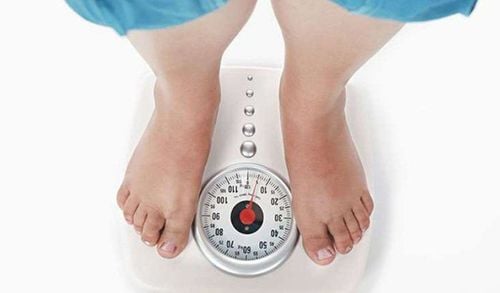
Nhóm Sulfonylurea điều trị bệnh tiểu đường có tác dụng phụ là gây tăng cân
2.2. Group Biguanid
Metformin: the only form of this group used in the United States. Mechanism: Biguanides inhibit the liver from bringing stored glucose into the bloodstream and help the body use insulin well.
Advantages: the drug can be used for a long time, when used alone does not cause hypoglycemia, does not change weight or can lose weight, lower LDL-cholesterol, lower triglycerides, reduce the risk of cardiovascular and mortality .
Disadvantages: Contraindicated in patients with renal failure (absolutely contraindicated in patients with eGFR < 30 ml/min), causing digestive disorders such as abdominal pain, diarrhea, lactic acidosis.
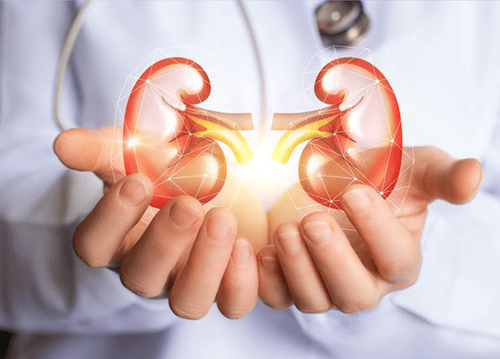
Bệnh nhân suy thận chống chỉ định dùng thuốc nhóm này
2.3. Alpha-glucosidase inhibitor group
Acarbose Glyset Mechanism: Alpha-glucosidase inhibitors inhibit the breakdown of carbohydrates into glucose in the intestine, slow down the absorption of glucose into the blood, and help resolve postprandial hyperglycemia.
Advantages: using the drug alone does not cause hypoglycaemia, the drug has a local effect on reducing blood glucose after meals. Reduce HbA1c 0.5 - 0.8%
Disadvantages: cause digestive disorders, abdominal bloating, flatulence, loose stools. How to minimize side effects by starting with a low dose. Patients with intestinal disease should not take this drug.
2.4. Thiazolidinediones group
Pioglitazone Rosiglitazone Mechanism of action: stimulates the muscles to use insulin and reduces the release of glucose into the blood from stored glucose in the liver. Currently, Rosiglitazone is not used because of cardiovascular risk, while Pioglitazone is still a consideration.
Advantages: when used alone does not cause hypoglycemia, helps reduce triglycerides, increases HDL-cholesterol.
Cons: cause weight gain, edema/heart failure, easy bone fractures, bladder pain, muscle pain...
Thiazolidinediones drug group can cause liver damage, so the US FDA recommends testing liver function before taking this drug and during the first year of use should have liver function tests every 2 months. Signs of liver damage: vomiting, abdominal pain, fatigue, loss of appetite, dark urine, jaundice, yellow eyes. Patients with liver disease, heart failure or pregnant women should not take this drug.
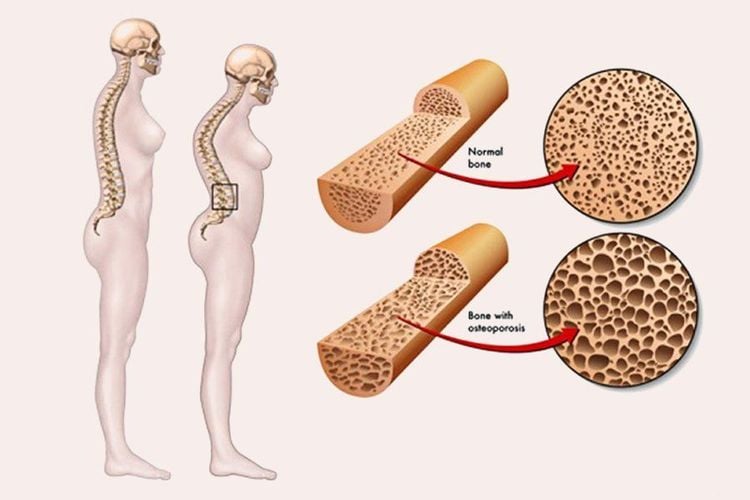
Nhóm Thiazolidinedione có nhược điểm dễ gây loãng xương, gãy xương
2.5. Meglitinide
Repaglinide: the only form of this group in use today Mechanism of action: stimulates pancreatic beta cells to secrete more insulin, this class of drugs has a faster effect than sulfonylureas. Taking it at the start of a meal helps prevent blood sugar from getting too high after eating.
Advantages: helps blood glucose after eating
Cons: causes weight gain, lowers blood glucose and has to be used many times
2.6. DPP-4 . Inhibitors
Sitagliptin Vildagliptin Saxagliptin Linagliptin Mechanism of action: inhibits DPP-4 enzyme activity, increases GLP-1, reduces blood sugar by stimulating insulin secretion and inhibiting glucagon secretion. The drug is used once a day, regardless of the meal.
Advantages: the drug alone does not cause hypoglycemia, well tolerated, reduce HbA1c 0.5 - 1%
Cons: May cause allergies, itching, urticaria, edema, inflammation

Dị ứng có thể xảy ra khi người bệnh tiểu đường dùng nhóm thuốc ức chế men DPP-4
2.7. GLP-1 . receptor agonists
Liraglutide Exenatide Semaglutide Mechanism of action: The drug increases insulin secretion when blood glucose levels increase, and at the same time inhibits glucagon secretion, slows gastric motility and reduces appetite
Advantages: helps reduce blood glucose after eating, weight loss, when used alone
less likely to cause hypoglycemia, reduce cardiovascular mortality in type-diabetic patients with high cardiovascular risk, reduce HbA1c 0.6-1.5%
Cons points: causing nausea, vomiting, acute pancreatitis. Do not use when there is a family history of medullary thyroid cancer, multiple endocrine neoplasia type 2.
2.8. Sodium-glucose co-transporter SGLT2 . inhibitor
Dapagliflozin Canagliflozin Mechanism of action: Inhibiting the effects of the sodium-glucose co-transporter SGLT2 at the proximal tubule, increasing urinary glucose excretion. When used alone, it causes less hypoglycemia, weight loss, and blood pressure reduction. , reduce cardiovascular disease-related mortality in patients with type diabetes at high cardiovascular risk, reduce HbA1c by 0.5-1%
Disadvantages: cause side effects: urinary tract infections, urinary tract infections
urinary retention, ketoacidosis, bone loss (with canagliflozin).
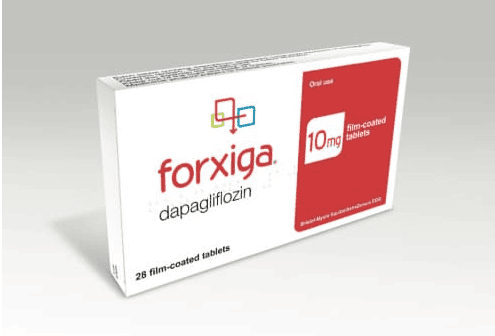
Thuốc Dapagliflozin gây tác dụng phụ nhiễm nấm đường niệu dục
3. Note when using hypoglycemic drugs
Patients need to know the name of the blood glucose lowering drug they are taking. Know when to take your medicine so that you can take it at the same time every day. Consult your doctor if you want to stop taking it or adjust your dose. Antidiabetic drugs can be combined with many types according to the prescription of the treating doctor, do not arbitrarily remove the drug. Follow-up visit on the same day Do not share your diabetes medication dose with others, do not take your diabetes medication according to someone else's dose. Diabetes medication cannot replace a scientific diet and physical activity. Currently, Vinmec International General Hospital is providing a diabetes screening package to help patients detect the disease early and improve treatment efficiency.
To register for an examination at Vinmec International General Hospital, please book an appointment on the website to be served.
Please dial HOTLINE for more information or register for an appointment HERE. Download MyVinmec app to make appointments faster and to manage your bookings easily.




